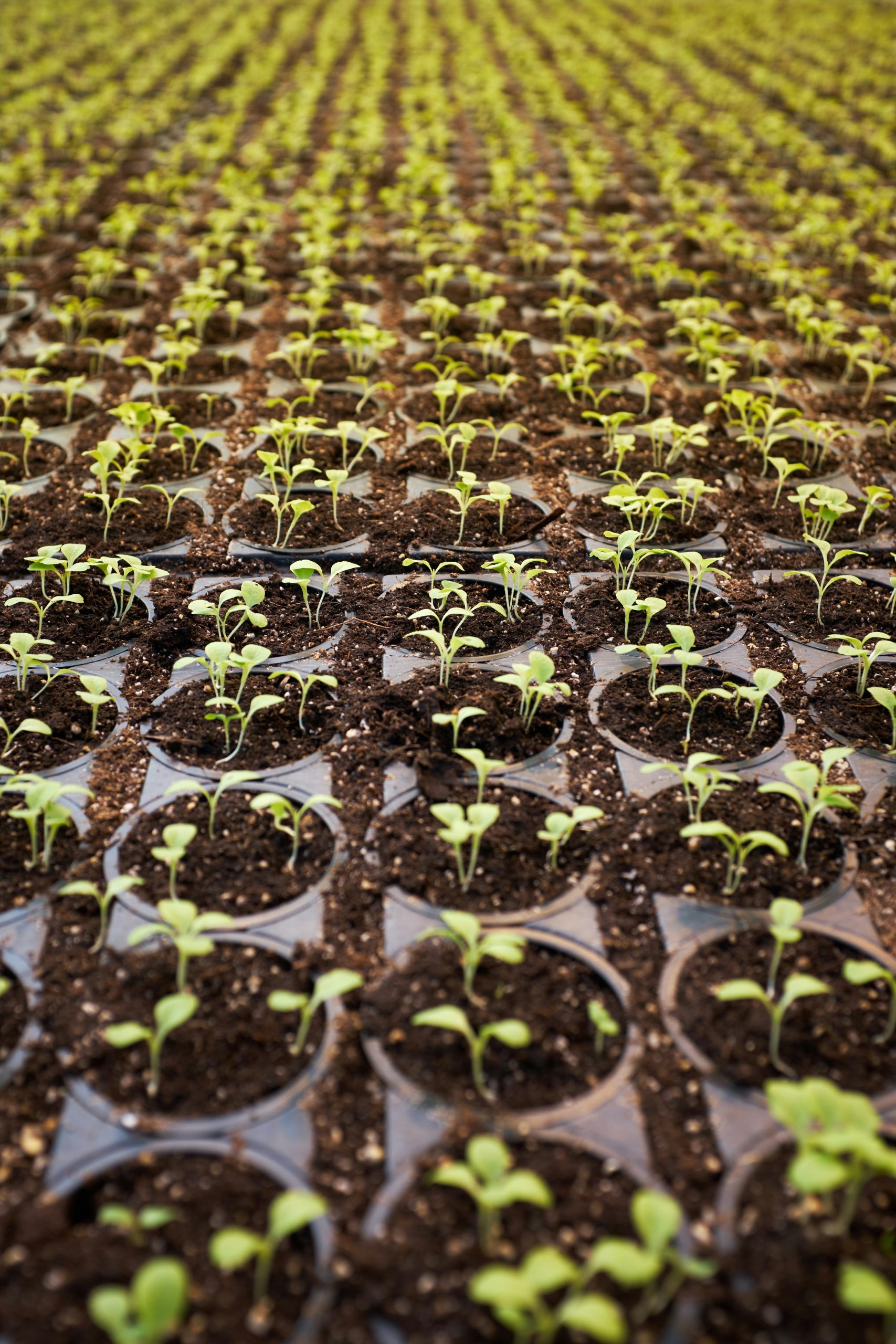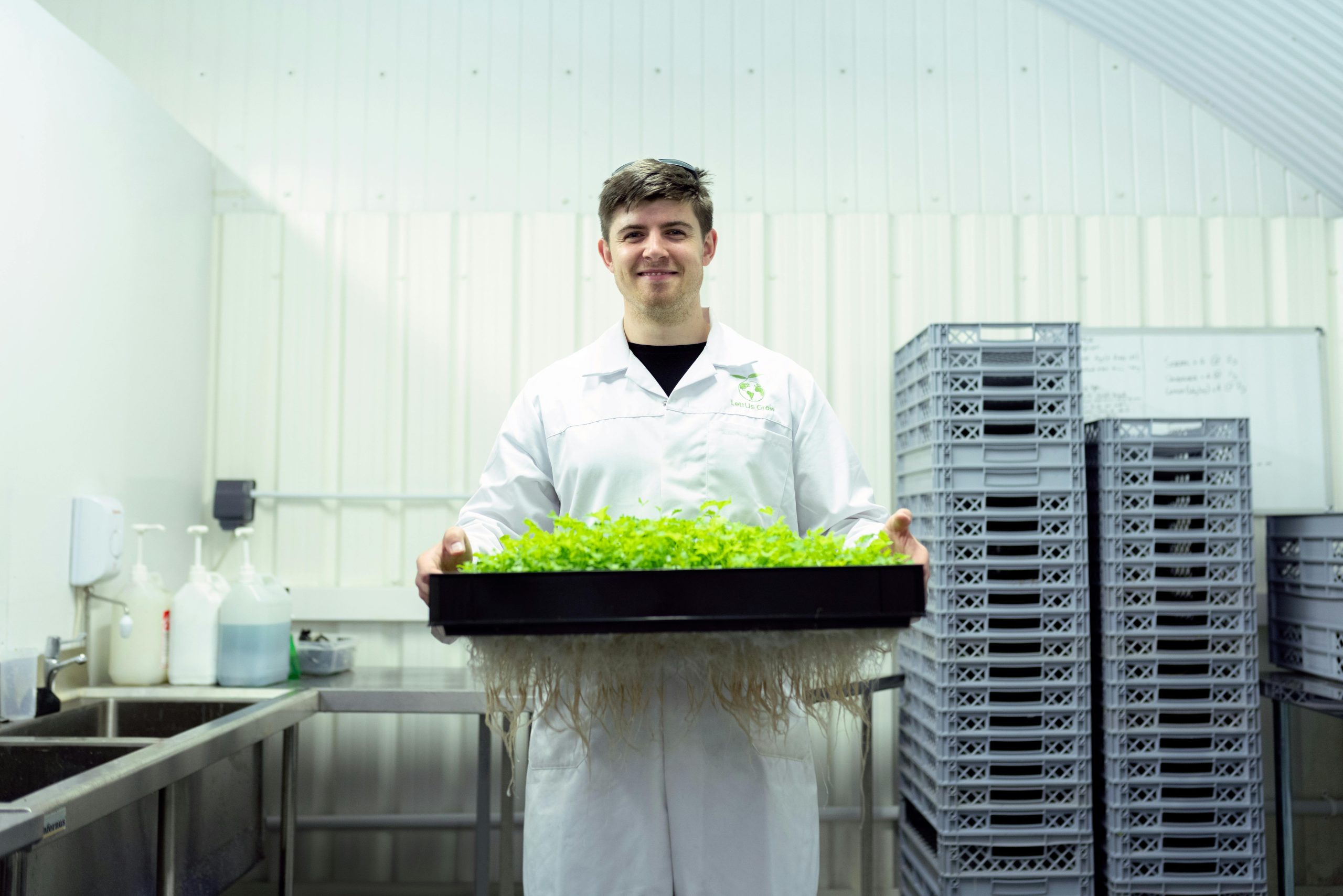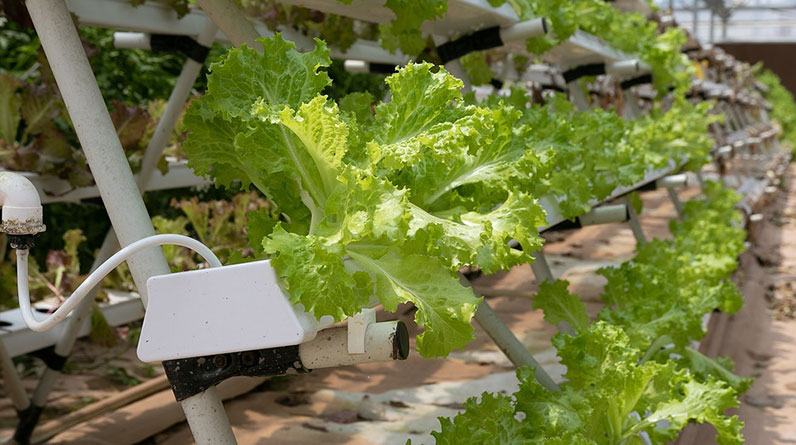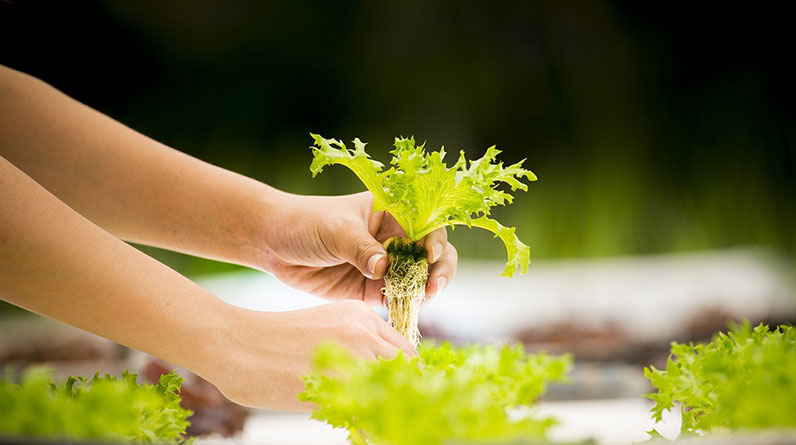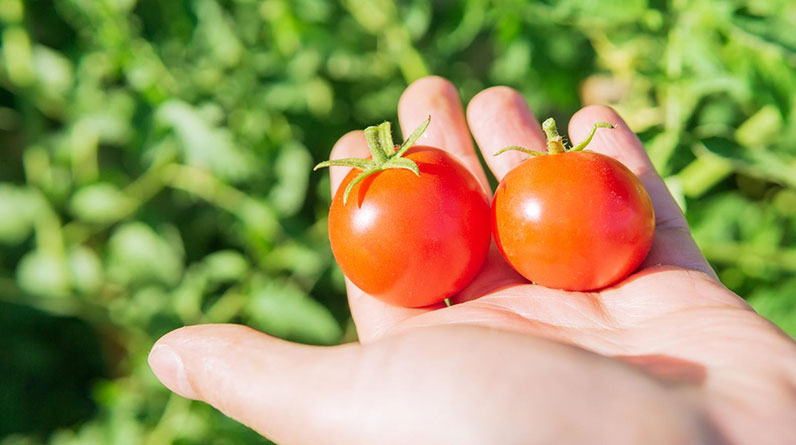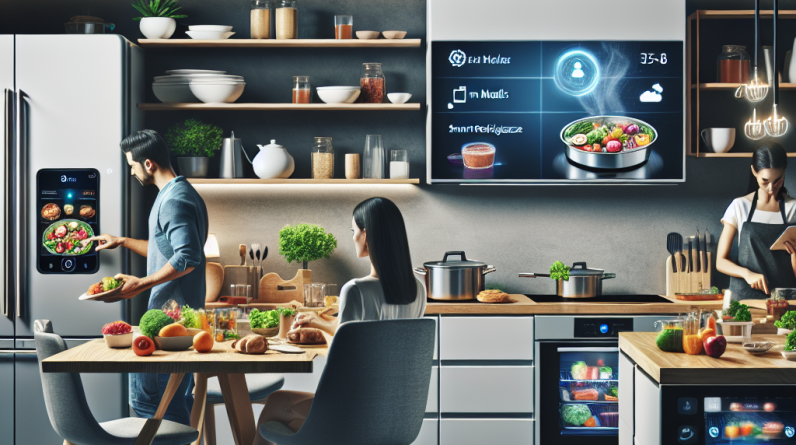
Plan Your Meals Ahead
Why Planning Matters
Let me tell you, meal planning changed my life! Seriously. When I started to map out my meals for the week, it felt like I was finally taking control of my kitchen. It saved me a ton of time during busy weekdays when I would otherwise be scratching my head, wondering what’s for dinner. Plus, it cuts down on those pesky last-minute takeout orders that can really bust your budget.
Another thing I noticed is that my grocery shopping became much more efficient. Instead of wandering aimlessly down the aisles, I could hit the store with a solid list—straight to what I needed. This not only saved me time but also reduced impulse buys that typically add up by the end of the trip.
And don’t even get me started on food waste! By planning meals, I use up what I buy and make sure nothing goes to waste. It’s a win-win for both my wallet and the planet! Planning really does give you a leg up in achieving a smarter way to feed your household.
Creating a Balanced Menu
Once I got the hang of meal planning, the next step was learning how to create a balanced menu. A gourmet chef I am not, but with a little guidance, I figured out how to incorporate proteins, whole grains, and lots of veggies.
One trick I picked up is to theme my nights. For instance, I have Meatless Mondays, Taco Tuesdays, and so on. This strategy keeps things fresh and exciting while ensuring I’m getting a variety of nutrients.
Of course, sticking to a balanced menu is important for everyone’s health. It’s important to be mindful of the different foods going into your household, especially if you have picky eaters. Kids often love colorful plates, so introducing veggies in fun ways has worked wonders for me!
Using Leftovers Wisely
Ah, leftovers—the unsung heroes of my kitchen! When I first started meal planning, I focused solely on new recipes and sometimes neglected what I already had. But diving into the creativity of using leftovers opened a whole new world for me.
I’ve found that adding leftover vegetables to omelets or making veggie-packed fried rice is a fantastic way to revitalize yesterday’s meal. It’s like giving yesterday’s food a second chance, and I’m all about that!
Another genius hack is to freeze portions of meals. When I make a big batch of chili or soup, I set aside some in containers—perfect for the days when I just can’t be bothered to cook. Talk about a lifesaver!
Shop Smart
Know Your Store
When I realized that grocery stores have a rhythm, that was a game changer. Each store has their best deals at certain times, and knowing when to shop made a huge difference in my weekly spending.
For example, I discovered that my local store marks down meat and bakery items during the late evening. By shopping at this time, I’ve saved a significant chunk of change! And who doesn’t love a good deal?
Also, understanding where things are located in your store makes life easier. After a couple of visits, you can navigate with your eyes closed, making shopping trips quick and less stressful.
Buy in Bulk Wisely
I love the bulk section at my grocery store. Buying items in bulk has allowed me to stock up on staples like rice, flour, and spices without breaking the bank. It pays to look at the unit price to ensure I’m really getting a good deal.
Buying bulk isn’t just about staples, though. I’ve gotten into bulk buying beans and legumes, which I then cook and freeze. This has given me a whole arsenal of quick protein options. You just can’t beat that!
Now, a little bit of caution here—make sure that whatever you buy in bulk won’t end up going to waste! I sometimes create a meal plan just around bulk items to ensure I use everything I’ve purchased. Isn’t that smart?
Seasonal Shopping
One practical tip I learned is to shop for seasonal produce. Not only does this save money, but it also means what I’m buying is at its peak flavor! I mean, who doesn’t love a juicy summer peach or fresh winter squash?
Another great benefit of seasonal shopping is that it can inspire creativity in the kitchen. I’ve learned to adapt my menus based on what fruits and veggies are in season, leading to some delicious and unexpected results.
Plus, supporting local farmers by choosing seasonal produce makes me feel good about my grocery purchases. It’s a little reminder that I’m part of a larger community, and who doesn’t want that warm fuzzy feeling?
Cook Efficiently
Batch Cooking
Let me tell you about my love affair with batch cooking. It’s literally transformed how I approach making dinners during the week. Setting aside a few hours on a Sunday to prep and cook a couple of meals has been an absolute game-changer.
When I batch cook, I can portion out meals into containers for the week. All I need to do is pop these in the microwave, and voila! Dinner is served! It cuts down on time and energy spent during the workweek, and trust me, your post-work self will thank you.
Batch cooking also allows me to experiment with recipes. I’ve had successes and failures, but each one has taught me something new. Cooking in bulk gives you the freedom to taste-test and evolve your meals, and that’s what makes it fun!
Using Kitchen Gadgets
Let’s talk tools; having the right kitchen gadgets can either make or break your cooking experience. If you’ve got a slow cooker or an Instant Pot, life becomes a breeze. I mean, throw everything in, and you get to go do whatever until dinner shows up!
Another handy gadget I’ve come to rely on is my food processor. Chopping and shredding veggies takes minutes rather than hours, and it makes meal prep a thousand times easier!
Finally, don’t underestimate the power of a good set of knives. It may sound simple, but a sharp knife can cut prep time in half and make the whole process more enjoyable. No one wants to fumble with a dull blade when just chopping an onion, am I right?
Clean as You Go
I used to think the cleanup was the worst part of cooking, but adopting the ‘clean as you go’ strategy has changed my perspective. I’ve started to tidy up while I prep, and it has made everything feel so much more manageable.
That way, it’s less daunting when dinner is served. I’m talking less time scrubbing pots and pans post-meal, and if I’ve tidied up during cooking, I get to enjoy my food much more without dreading what’s to come!
Plus, it allows me to stay focused. When I constantly clean and reset my workspace, it helps keep my mind engaged and prevents those overwhelming cooking blunders. It’s definitely a win-win!
Incorporate Family and Friends
Cooking Together
One of the most enjoyable parts of my journey has been cooking alongside friends and family. Not only does it lighten the workload, but it also makes for some fantastic quality time. I can’t be the only one who finds slicing and dicing a bit more enjoyable when I’m chatting with someone, right?
On weekends, I often gather with friends to prep meals and test out new recipes together. It’s become a fun little ritual, and we all get to experiment with dishes that we might not try on our own.
Plus, you get to share cooking tips and tricks! I’ve learned countless things just from cooking with others, and it has truly broadened my culinary skills.
Sharing Meals
Food brings people together, and I’ve embraced hosting meals for friends and family. It’s so rewarding to share what I’ve made and see everyone enjoying it. There’s something special about inviting people to your home, setting the table, and creating a sense of community.
When I host a dinner party, it’s typically a potluck style, and that takes off a lot of the pressure. Everyone contributes a dish, and it makes for a varied and exciting meal, with flavors from various kitchens and cultural backgrounds.
Plus, it allows me to try out new recipes without the fear of cooking for a large group all on my own. And a little extra food never goes to waste; there’s nothing better than leftovers!
Involving Kids
If you’ve got kids, getting them involved in the kitchen can work wonders. Not only does it teach them valuable skills, but it also draws them into the excitement of food preparation. Honestly, it’s messy but fun!
Introducing them to different ingredients and letting them participate in simple tasks, like stirring and measuring, can be a great way to instill a love for cooking. Plus, it opens up a conversation about nutrition, helping them understand what they’re eating.
I’ve noticed that when children are involved in the cooking process, they are much more likely to try new foods. The pride in seeing something they crafted makes even the pickiest eaters more willing to take a bite!
Embracing Flexibility and Creativity
Adjusting Recipes
Now, I’m all about sticking to my plan, but I’ve learned that life doesn’t always go according to plan. Adjusting recipes with what I have on hand has become a skill in and of itself. Instead of stressing about missing an ingredient, I simply swap in what I do have.
For instance, maybe I’m out of a specific cheese but have something else on hand. No problem! Modifications can make even the simplest recipe unique and keep things fresh in my kitchen.
Being flexible has also taught me to be resourceful. If a recipe calls for something fancy, I often try to find a simple alternative. It’s both cost-effective and allows for a little creative flair in the kitchen!
Seasoned Intuition
Honestly, the more I cook, the more I’ve started to rely on my intuition. I remember being tied to cookbooks and exact measurements, but now I often eye ingredients and taste as I go. This has made my cooking so much more enjoyable and less structured.
Reading recipes has its time and place, but learning to trust my judgment has allowed me to develop unique flavor profiles. I encourage anyone to experiment with their cooking—it’s actually fun! What’s the worst that could happen? A cooking adventure!
When I look back, I realize that the “mistakes” turned into some of my favorite meals. Flexibility fosters a comfortable atmosphere and an eagerness to try new things. Go for it!
Balancing Expectations
Feeding a household is no small feat, and over time I’ve learned not to set the bar too high. Some days just need to be cozy, easy dinners instead of Pinterest-perfect meals. It’s essential to reflect on what’s important to you and your loved ones.
I’ve discovered that the journey matters more than perfection. Sharing food and conversation around the table means way more than how beautifully it’s presented. I’ve had evenings filled with laughter over what I thought would be a culinary disaster!
Give yourself grace! Each dinner doesn’t have to be an event. Sometimes it’s just about being together, sharing a meal, and enjoying the moment.
FAQs
1. What are some benefits of meal planning?
Meal planning helps save time, reduce food waste, and save money by preventing impulse buys at the grocery store. It allows you to create balanced meals easily and reduces stress during busy weekdays.
2. How do I involve my family in cooking?
Involving your family can be as simple as letting them pick a recipe or assigning them age-appropriate cooking tasks. Cooking can be a great bonding activity that teaches valuable kitchen skills, especially for kids!
3. What are some ways to use leftovers creatively?
Leftovers can be transformed into new meals with a bit of creativity. Consider adding them to soups, making fried rice, or incorporating them into new dishes. Freezing portions for later use is also a fantastic way to ensure nothing goes to waste.
4. How can I save money while grocery shopping?
Shop with a list based on meal plans, buy in bulk, and choose seasonal fruit and veggies to save money. Also, know your store’s sales patterns to maximize your savings!
5. What should I do if I don’t like a recipe that I tried?
No worries! Use it as a learning experience. Adjust ingredients, swap items, or even combine favorite recipes to create something new that fits your taste better. Cooking is all about experimentation!




